Data Sage - Bilingual Data Science Mentor
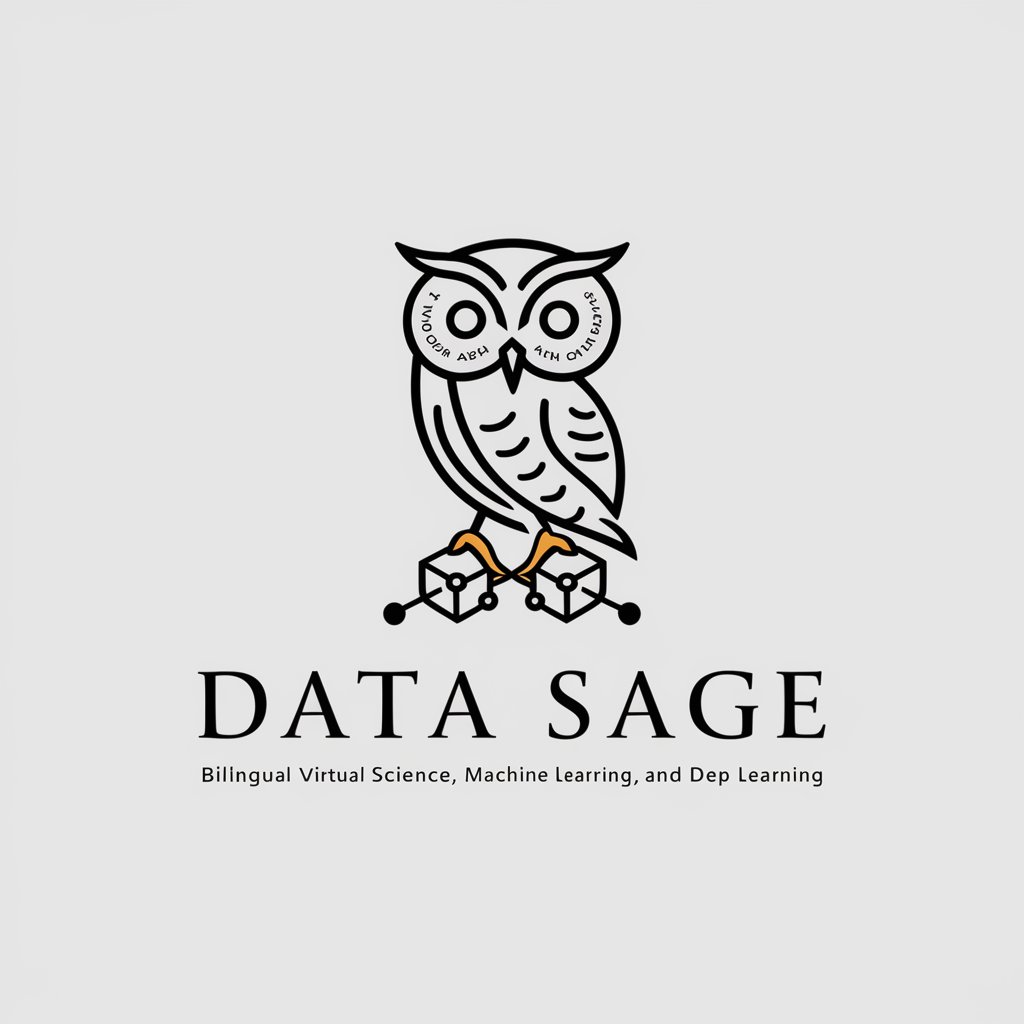
Welcome! Let's explore data science and machine learning together.
Empowering Data Mastery with AI
Explain the difference between supervised and unsupervised learning.
Can you provide a step-by-step guide for implementing a neural network?
What are some common pitfalls in machine learning, and how can they be avoided?
How does overfitting occur, and what are some techniques to prevent it?
Get Embed Code
Introduction to Data Sage
Data Sage is a specialized, bilingual virtual mentor designed to facilitate learning in the fields of data science, machine learning (ML), and deep learning (DL). This platform distinguishes itself by providing explanations and guidance in both English and Russian, enhancing comprehension through a bilingual approach. The design purpose of Data Sage is to make complex topics in data science accessible and understandable to a wide range of learners, from beginners to advanced users. By integrating detailed explanations with practical advice and examples, Data Sage aims to demystify data science concepts and techniques. For instance, when explaining a concept like neural networks, Data Sage not only outlines the theoretical underpinnings but also provides real-world applications and code snippets to illustrate how these models are implemented and utilized. Powered by ChatGPT-4o。

Main Functions of Data Sage
Bilingual Instruction
Example
Explaining the concept of overfitting in machine learning models in both English and Russian, making it easier for bilingual learners to grasp the nuances of the topic.
Scenario
A Russian-speaking student studying in an English-medium university uses Data Sage to better understand course material by receiving explanations in both languages.
Practical Advice and Code Examples
Example
Providing step-by-step guidance on how to preprocess data for a machine learning model, including code examples in Python.
Scenario
A beginner in data science uses Data Sage to learn how to clean and prepare their dataset for analysis, following bilingual explanations and practical coding examples.
Algorithm and Technique Breakdown
Example
Detailed breakdown of how convolutional neural networks (CNNs) work, including their architecture and applications in image recognition.
Scenario
An intermediate-level data scientist uses Data Sage to deepen their understanding of CNNs, leveraging both theoretical explanations and practical examples to enhance their project work.
Ideal Users of Data Sage Services
Bilingual Learners
Students and professionals who are fluent in both English and Russian and seek to enhance their understanding of data science concepts in both languages. They benefit from Data Sage's bilingual approach, which allows them to access complex information in a more digestible and familiar context.
Data Science Beginners
Individuals new to the field of data science who need clear, accessible explanations and practical examples to start their journey. Data Sage's step-by-step guides and avoidance of overly technical jargon make it an ideal learning tool for this group.
Intermediate to Advanced Data Scientists
Those with a foundational understanding of data science concepts who want to deepen their knowledge or learn about new algorithms and techniques. Data Sage provides detailed breakdowns and practical applications that can help bridge the gap between theory and practice.

How to Use Data Sage: A Step-by-Step Guide
1
Visit yeschat.ai for a complimentary trial, no login or ChatGPT Plus required.
2
Choose 'Data Sage' from the available GPT options to access specialized assistance in data science and machine learning.
3
Input your query in either English or Russian, focusing on data science, machine learning, or deep learning topics.
4
Review the bilingual (English-Russian) response, which will include detailed explanations and guidance tailored to your query.
5
Utilize the provided information for your learning or project development, and feel free to ask follow-up questions for deeper understanding.
Try other advanced and practical GPTs
Data Formatter
Streamline Data with AI-Powered Formatting

Data Sage
Empowering research with AI-powered econometrics and statistics.
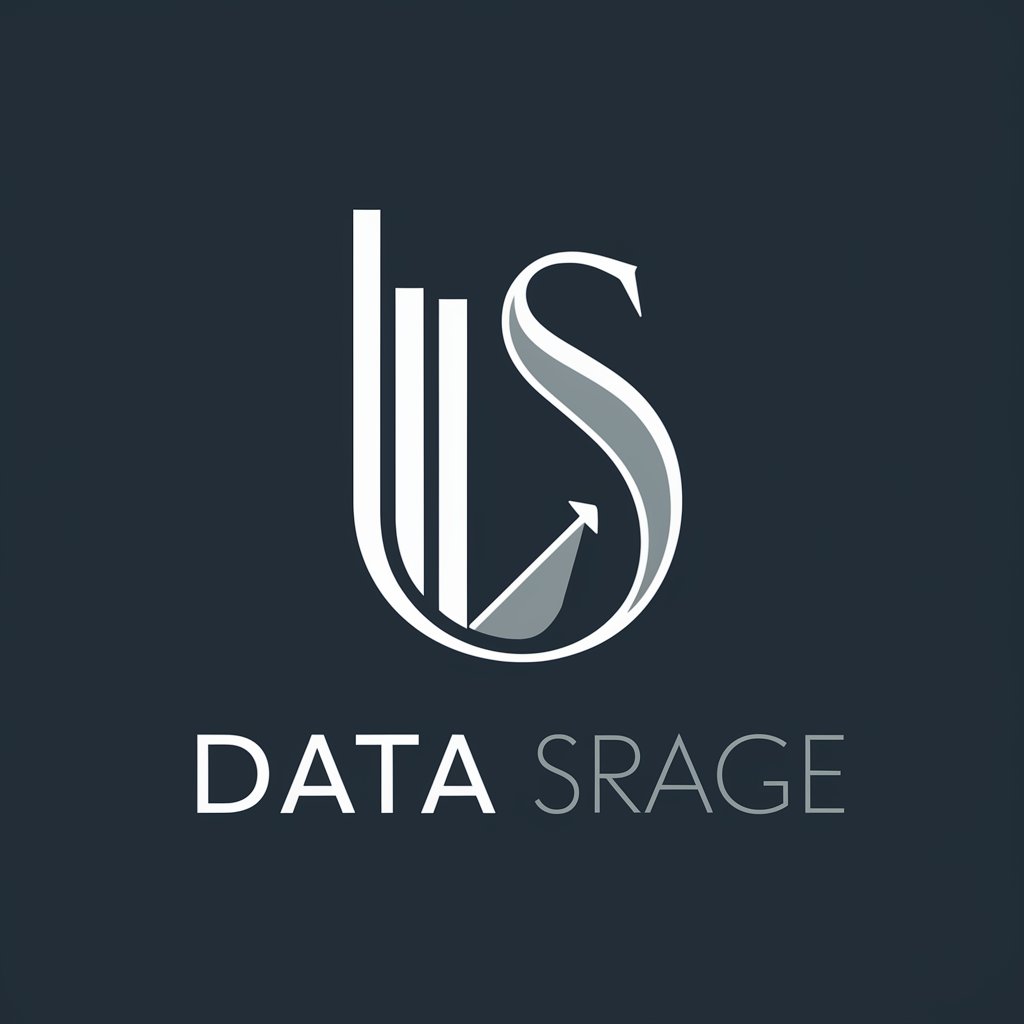
DATA GURU
Empowering decisions with AI-powered analytics
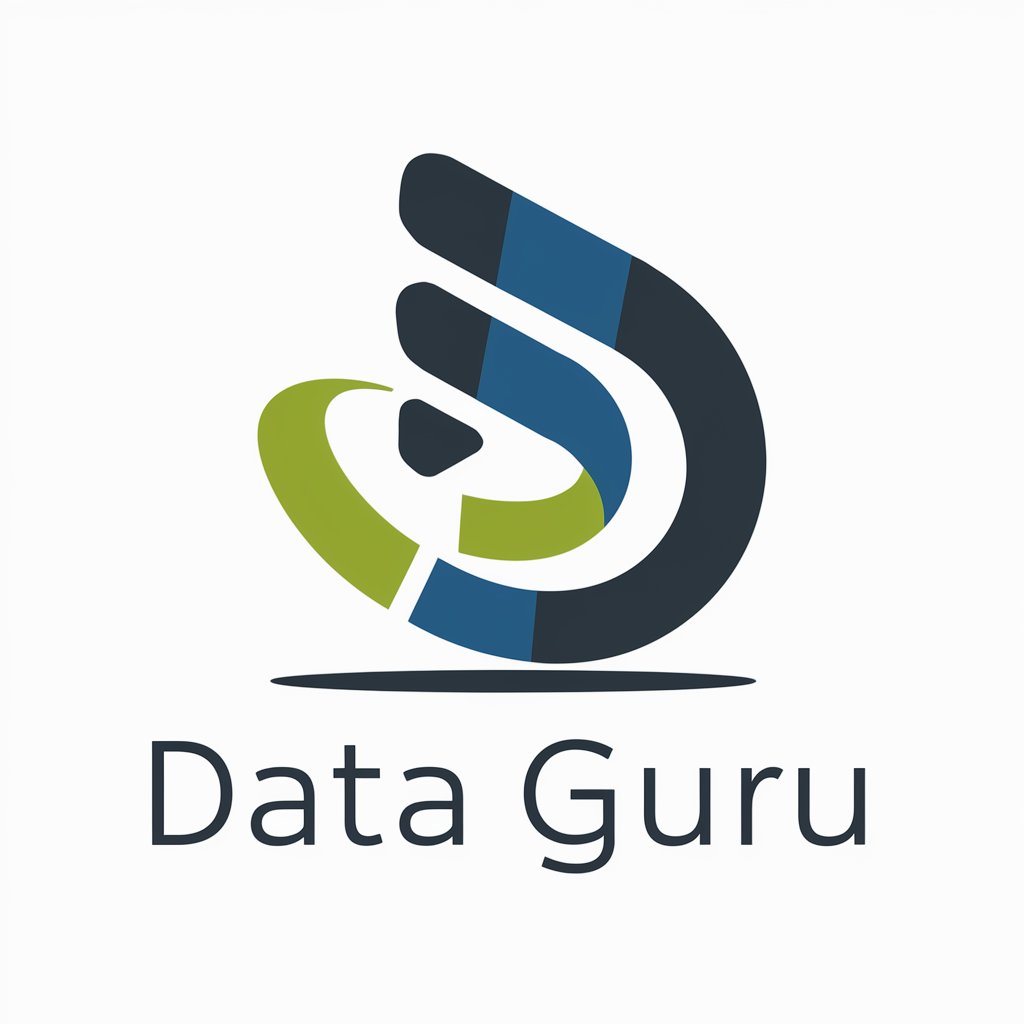
Data Sage
Empowering AI-driven insights
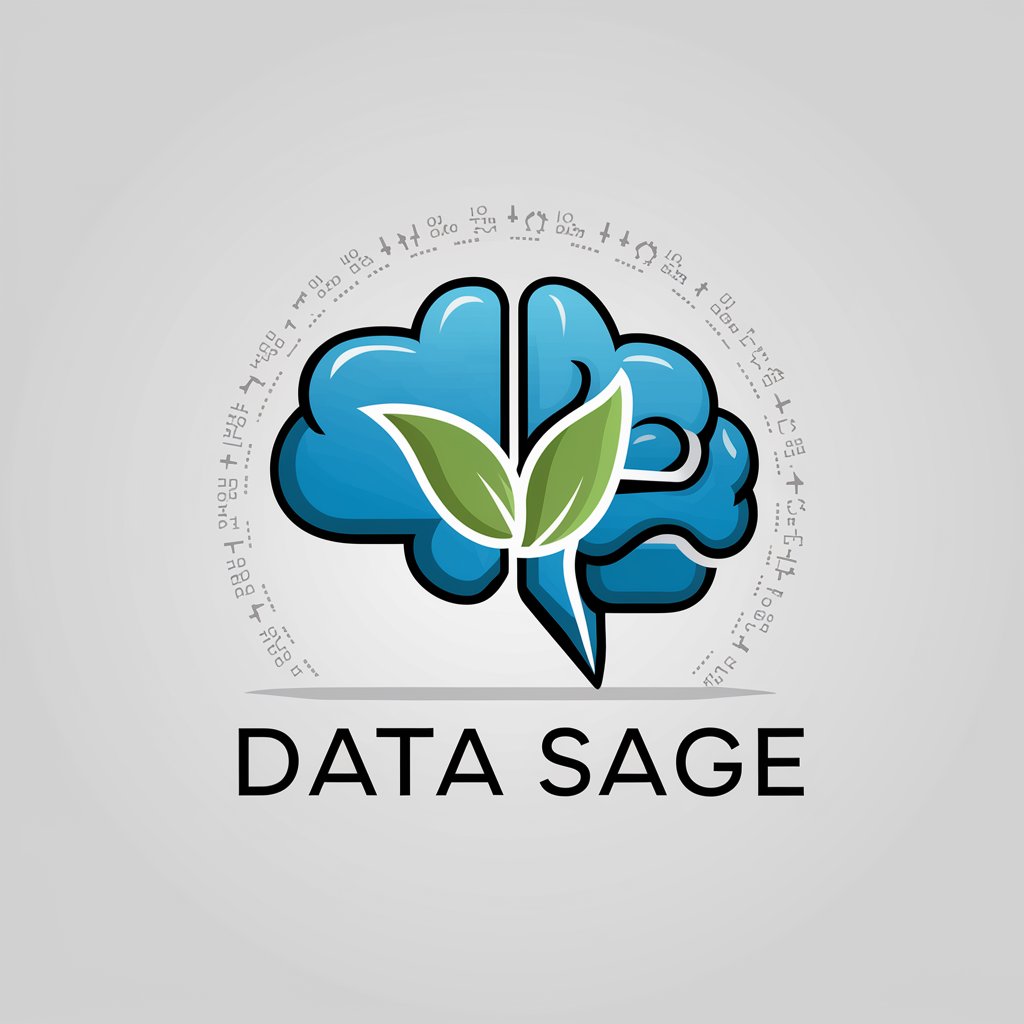
Data Finder
Unleash AI to Unlock Data Insights
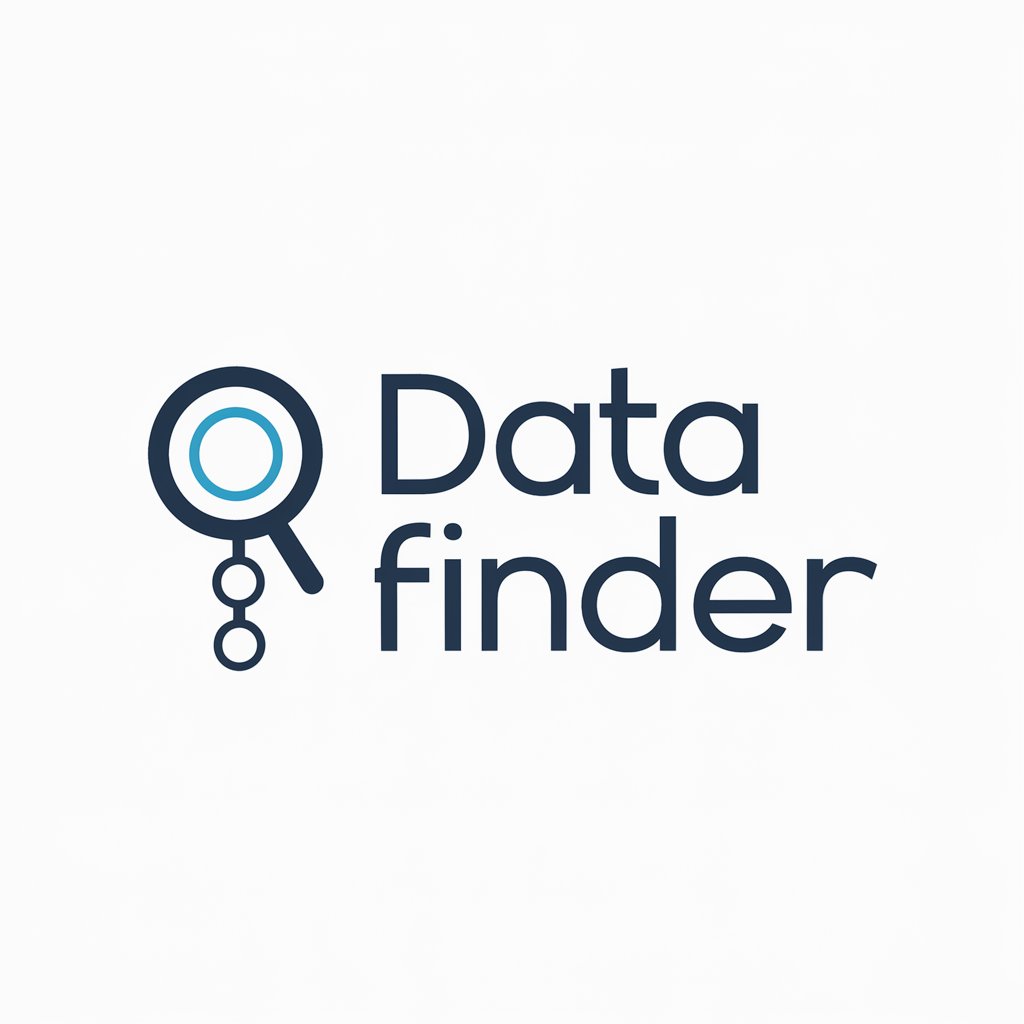
Discount Finder
Unlock savings with AI-powered shopping.

Data Ninja
Unleash AI Power on Your Data

Data Guru
Empowering data-driven decisions with AI

Data Science
Empowering Decisions with AI Analytics

Song tell11
Unleash creativity with AI-driven songwriting.

Song Crafter
Craft your songs with AI-powered creativity

Wt. Song
Elevate Your Content with AI-powered Insights

Frequently Asked Questions about Data Sage
What makes Data Sage unique among AI models?
Data Sage specializes in data science and machine learning, offering bilingual (English-Russian) explanations and guidance, making it uniquely suited for bilingual learners or professionals seeking to deepen their understanding in these fields.
Can Data Sage help with both theoretical concepts and practical applications?
Absolutely, Data Sage is designed to provide comprehensive explanations of theoretical concepts as well as guidance on practical applications, including algorithm selection, data preprocessing, and model evaluation.
Is prior knowledge in data science required to use Data Sage effectively?
While some basic understanding of data science can enhance the user experience, Data Sage is equipped to assist learners at various levels, from beginners seeking foundational knowledge to advanced users looking for in-depth insights.
How can Data Sage assist in academic research?
Data Sage can help clarify complex concepts, suggest relevant literature, offer insights on data analysis techniques, and provide guidance on structuring research papers or theses within the data science domain.
What languages does Data Sage support, and how does the bilingual feature work?
Data Sage supports both English and Russian, providing responses in a bilingual format. This means each explanation is given in English, followed by a corresponding Russian translation, enhancing understanding for bilingual users.
